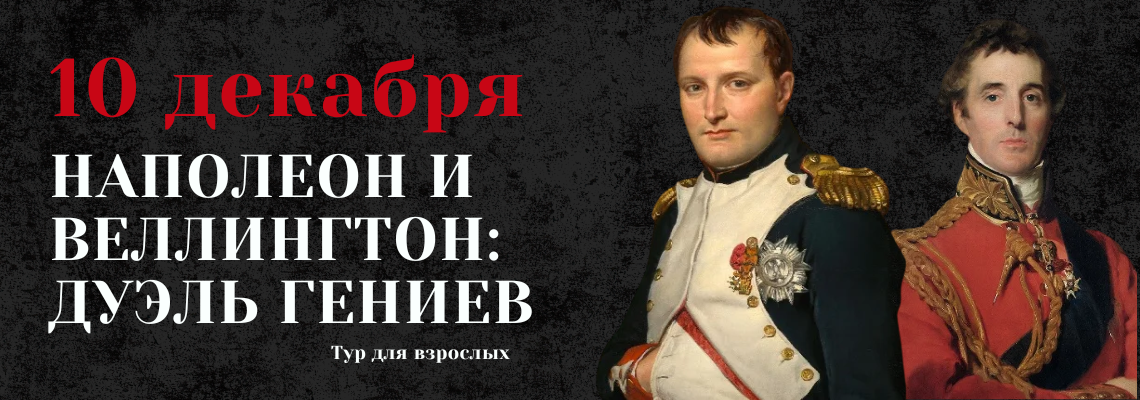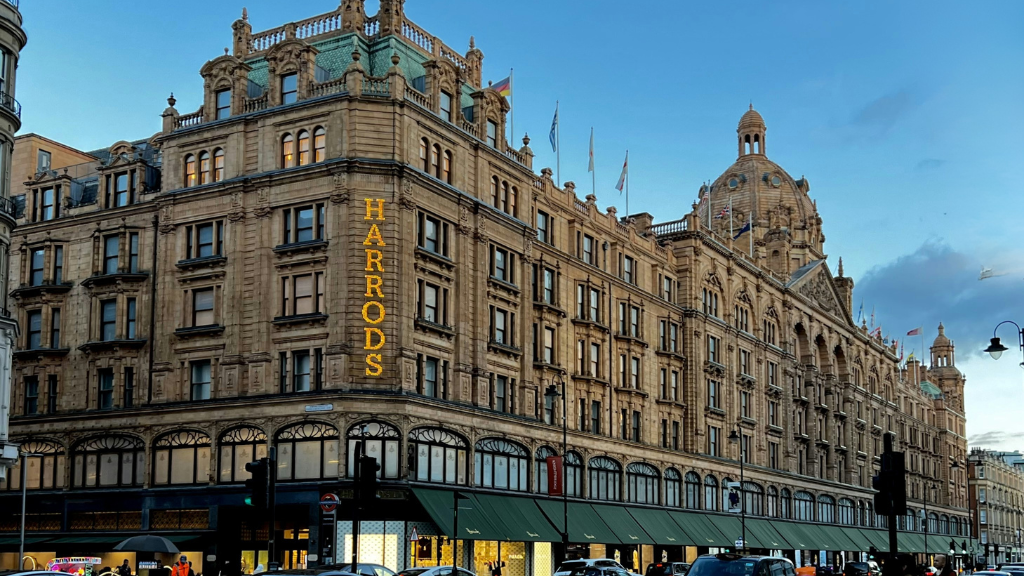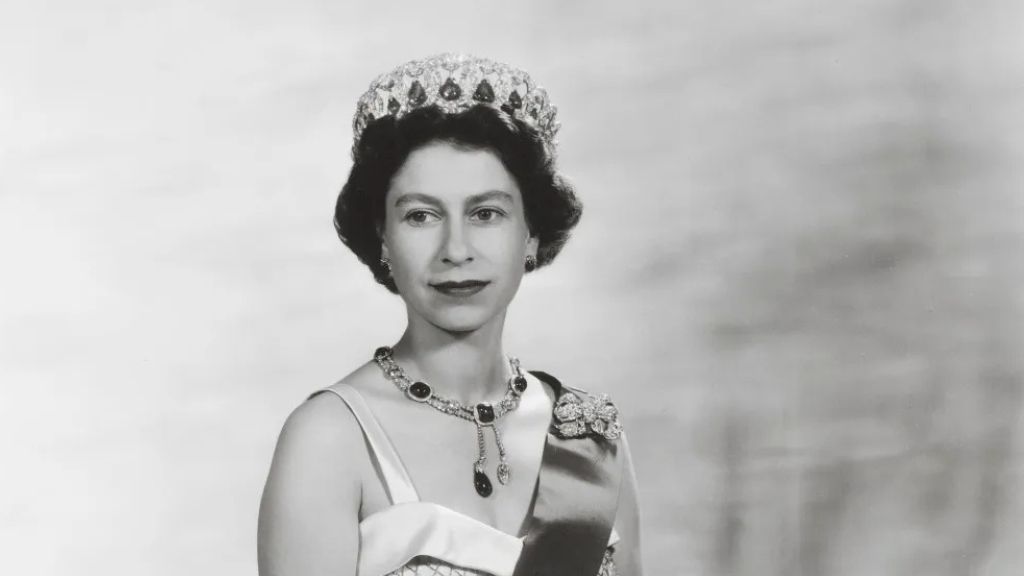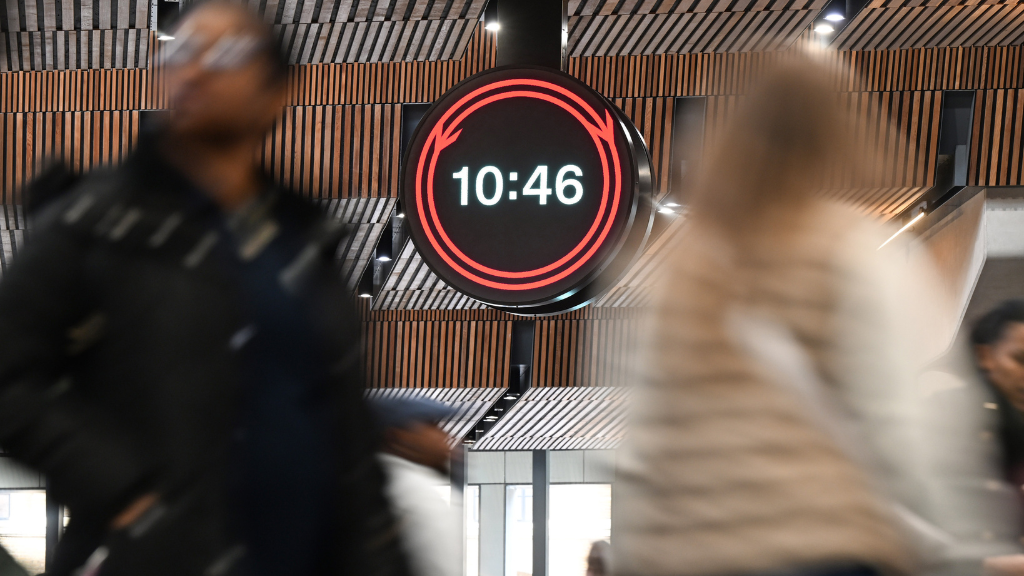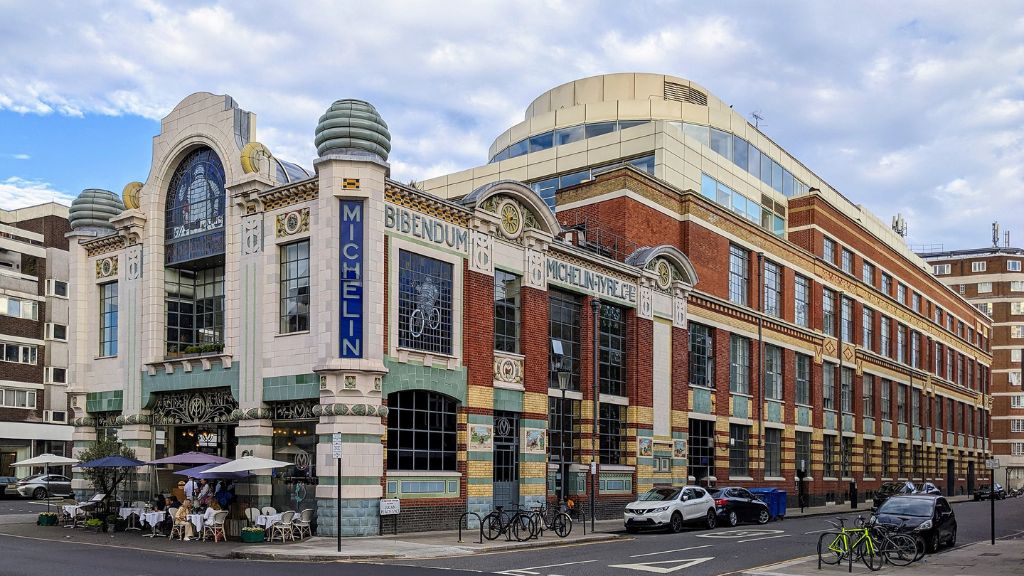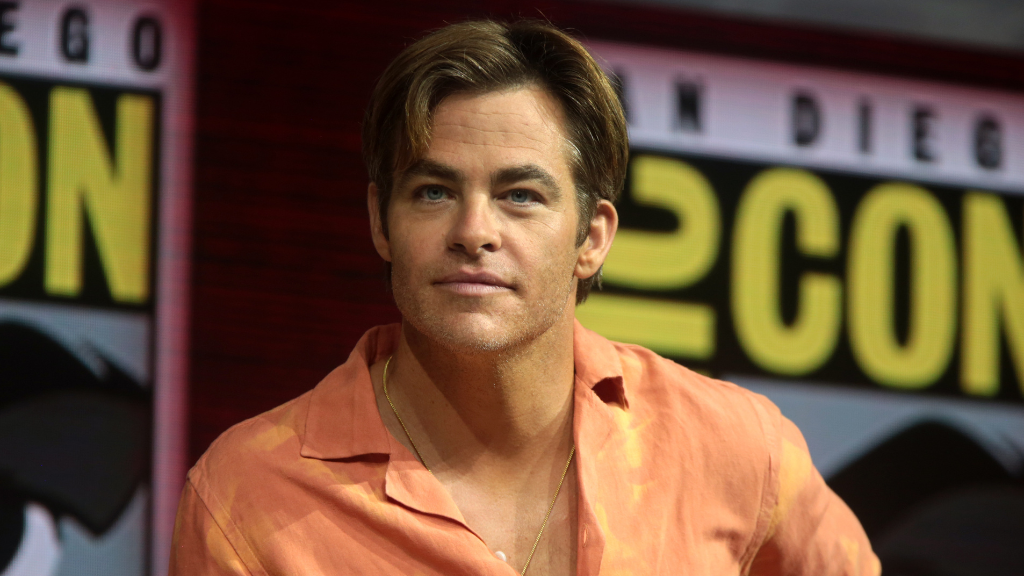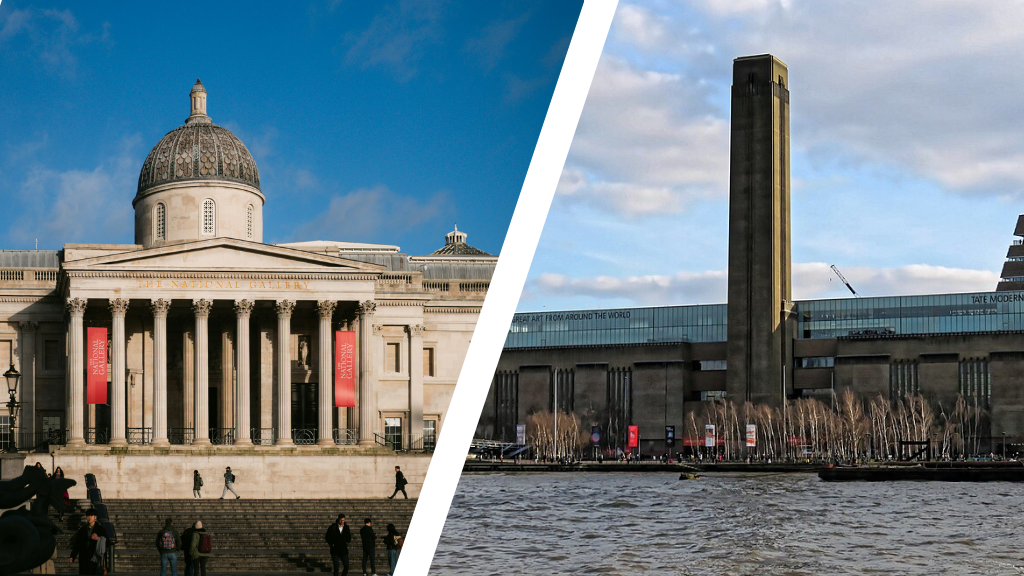
National Gallery vs Tate: a new chapter in Britain’s cultural rivalry. Experts’ view.
The National Gallery in London has announced the most radical change in its 200-year history: a £375m expansion will deliver a new wing — and, with it, the lifting of a century-old ban on acquiring art made after 1900. The decision not only redraws the cultural map of London but also revives an old rivalry with Tate, long regarded as the UK’s guardian of modern and contemporary art. Afisha.London looks back at the story.
This article is also available in Russian here
For decades, the division seemed clear. The National Gallery told the story of western European painting from the 13th to the 19th centuries, while Tate covered everything after. But that line has blurred. The National already owns more than 40 works painted after 1900, including pieces by Cézanne and Picasso.
Now the unofficial restriction has been formally abandoned. Director Gabriele Finaldi, who has long dismissed the cut-off date as “arbitrary”, says it is natural to tell “a broader story of art”. The move also creates an opportunity to address glaring gaps: of the gallery’s 2,300 paintings, only 27 are by women artists.
Read also: UK cultural bodies warn of risks from new subscription rules
The new wing, dubbed Project Domani (“tomorrow” in Italian), has been made possible by record-breaking donations (we reported on this in more detail here). It represents the largest investment in a UK museum since Tate Modern opened in 2000.
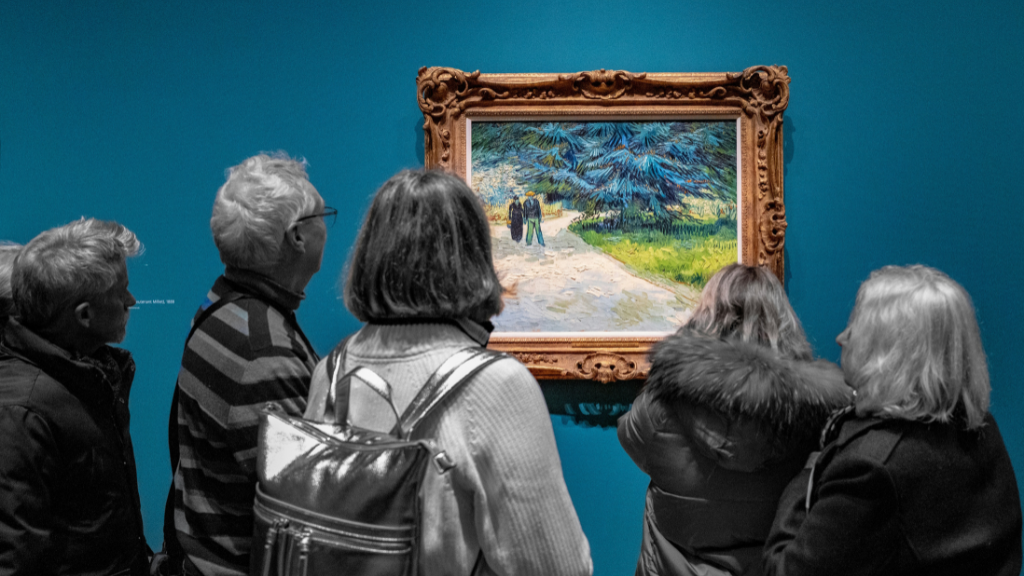
Photo: Sung Jin Cho / Unsplash
The announcement comes at a difficult moment for Tate. Once a global flagbearer for contemporary art, the institution is now grappling with falling visitor numbers, budget deficits and staff cuts. Officials insist that audiences are “becoming more selective” rather than shrinking, but blockbuster shows are fewer, increasingly built around the museum’s own holdings rather than high-profile international loans.
The National Gallery, by contrast, is enjoying a surge. Its recent Van Gogh exhibition was a runaway success, reinforcing its status as a world-class venue. We covered the exhibition here. Finaldi points out the gallery’s advantage: unlike the Louvre or the Prado, its entire collection can be seen in a single day.
Read also: Tate Modern will open late every Friday and Saturday to engage younger audiences
Fears of a renewed “cold war” between the two museums are growing, with sceptics recalling earlier rivalries over masterpieces. For now, the official tone remains conciliatory. Tate director Maria Balshaw welcomed the move, stressing that collaboration with the National Gallery could help strengthen the national collection as a whole.
“This is wonderful news,” notes Vasilina Bindley, collector, philologist, and insurance specialist. “The more major exhibitions London can offer, the better it is for art lovers. It should be stressed that Tate, like the National Gallery, showcases works by both 19th- and 20th-century artists. I don’t believe this is about a rigid rivalry, a radical reformatting, or a significant shift in London’s cultural balance. As for the project’s title, in my view it might just as well have been called Project Tomorrow rather than Project Domani — after all, we are not talking about the Uffizi.”
The National has often been described as “a temple of male vision”: its story dominated by Titian, Renoir and Velázquez, with women and artists of colour largely absent. Moving into the 20th century offers a chance to broaden that narrative and present a more inclusive vision of art.
Whether this means future battles over Frida Kahlo or Frank Bowling, or a subtler rebalancing of collecting priorities, remains to be seen. What is clear is that Britain’s two leading art institutions are entering a new era — one where collaboration will sit uneasily alongside competition.
“Today blockbuster exhibitions succeed not only because of their artistic significance but also because of the power of the name as a brand — whether it’s Marie Antoinette, Taylor Swift, Cartier, or Nike,” says Daria Konovalenko, curator, founder of the project In the White Cube and of the communications agency CO-WORKING. “Young audiences are drawn to cultural projects that speak to them in the language of pop culture and the current agenda. So if the National Gallery truly wants to renew its audience, an important step will be rethinking not only the chronological boundaries but also its approach to storytelling, curating, and collaborations.”
As one critic observed: “To tell the story of art is always to decide whose work and whose subjectivity matters.” For the National Gallery, those decisions have just multiplied.
Cover photo: Ana Araújo / Unsplash; Acabashi, CC BY-SA 4.0, via Wikimedia Commons
Read also:
Great British contemporaries: Stephen Fry
London’s Custom House to be reborn as hotel and cultural venue
25 years of artistic experimentation: Tate Modern marks a landmark anniversary
SUBSCRIBE
Receive our digest once a week with quality Russian events and articles
